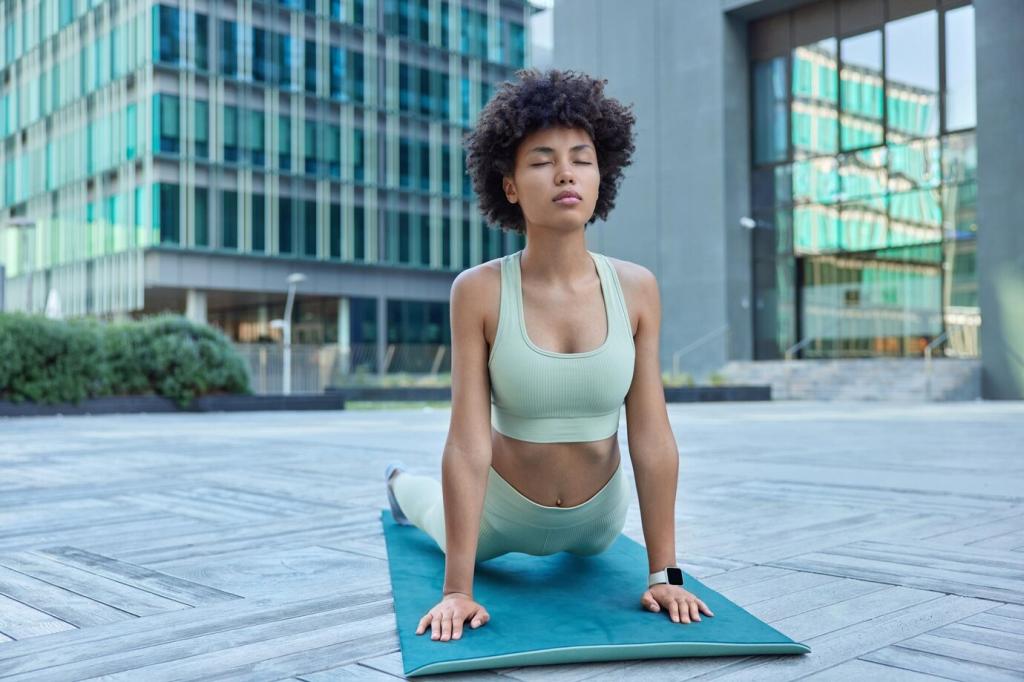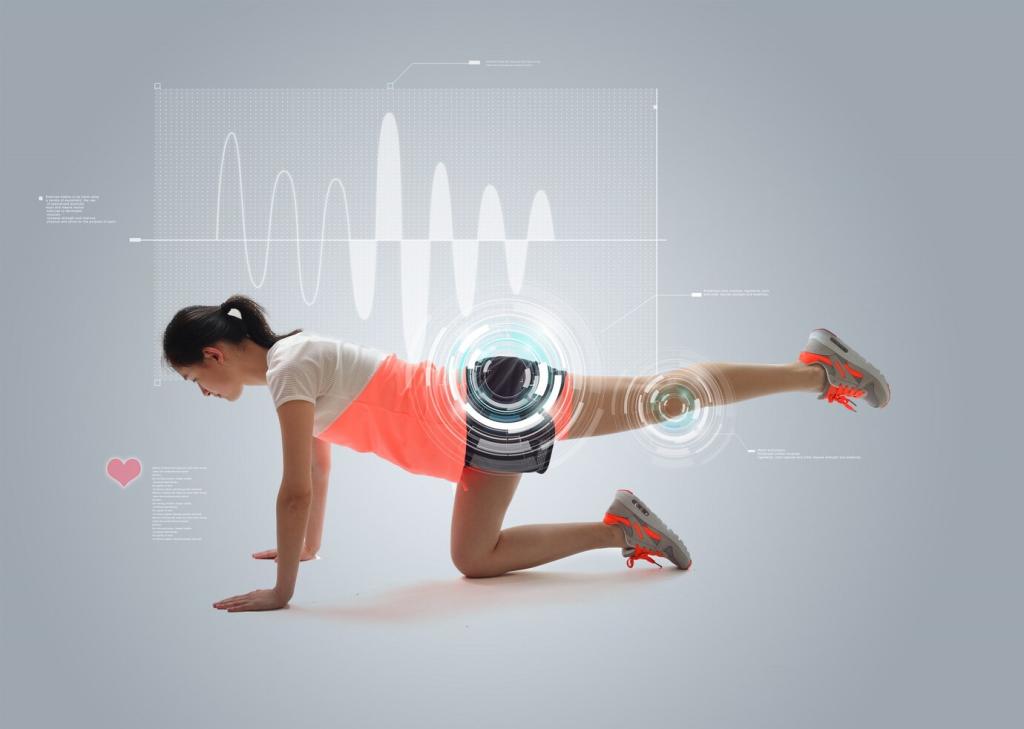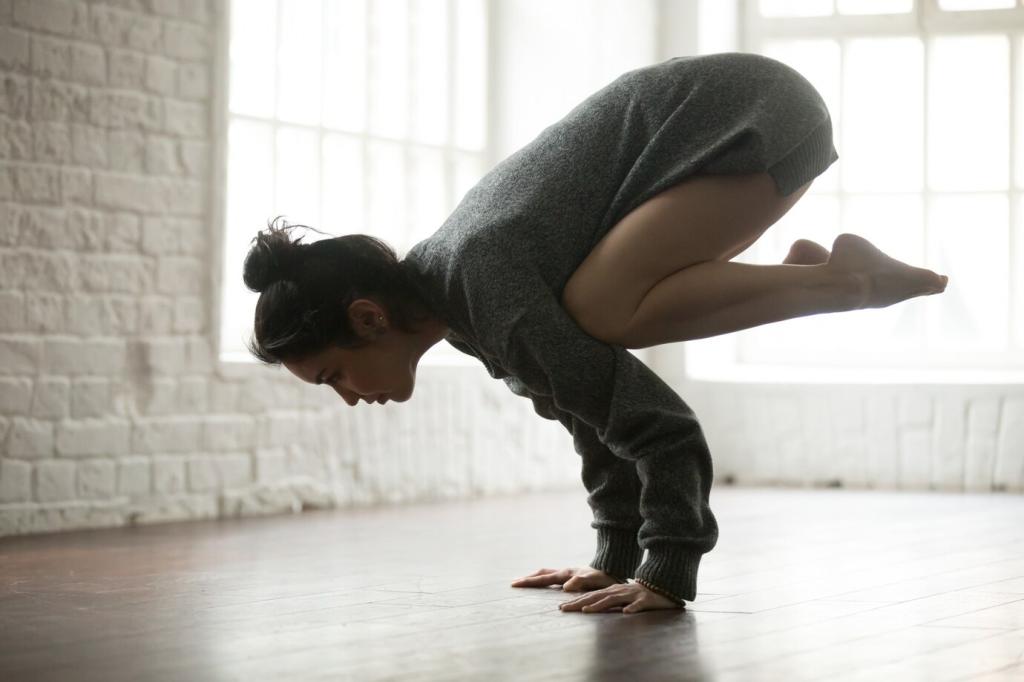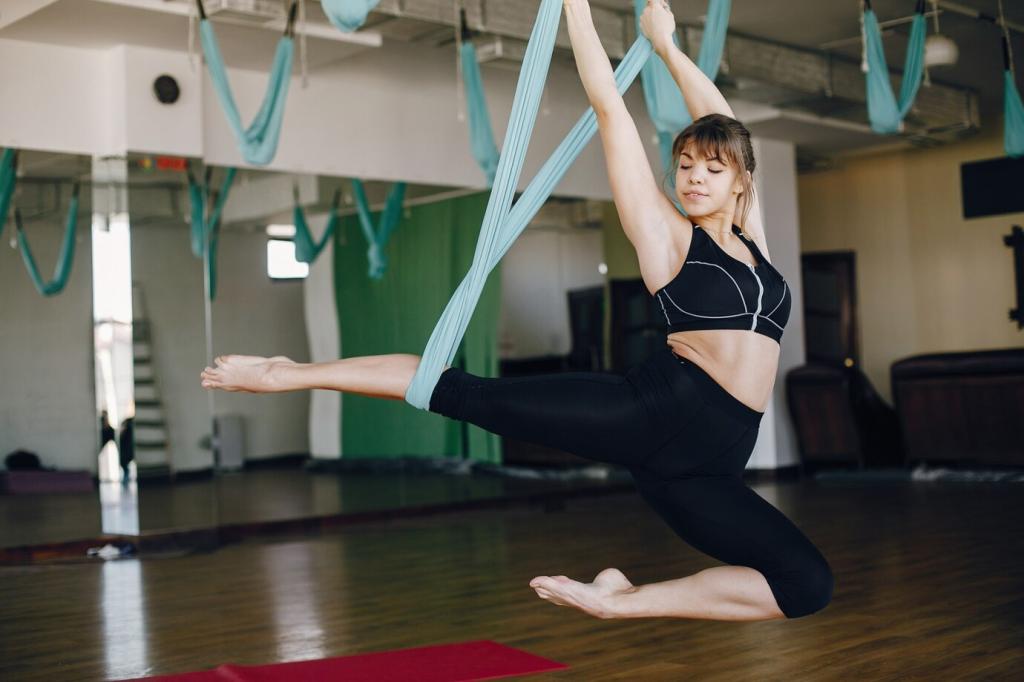
Introduction to Yoga for Flexibility
Yoga has long been celebrated as an effective practice for enhancing both physical and mental well-being, and one of its most recognized benefits is improved flexibility. Rooted in ancient traditions, yoga employs a variety of poses and controlled movements to gently lengthen and stretch the muscles, increase joint mobility, and release tension throughout the body. Whether you are an athlete, someone with a sedentary lifestyle, or simply seeking a holistic approach to health, integrating yoga into your routine can help unlock a greater range of motion and provide lasting comfort. This page will guide you through the essentials of starting a yoga practice focused on flexibility, exploring its benefits, foundational principles, and practical tips to make your journey effective and enjoyable.
Understanding Flexibility in Yoga
The Science of Flexibility
Common Areas of Tightness
Flexibility Myths Debunked
Benefits of Practicing Yoga for Flexibility
Enhanced Mobility and Comfort
Injury Prevention and Recovery
Stress Relief and Relaxation
Key Principles for Safe Practice

Foundational Yoga Poses for Flexibility
Forward Folds
Twisting Poses
Hip Openers


